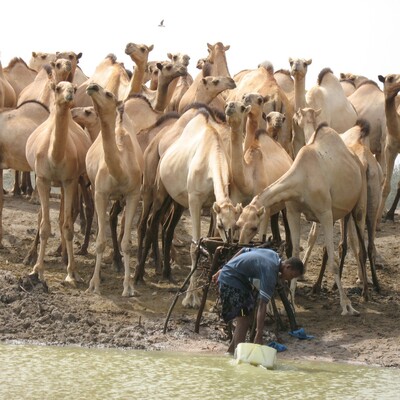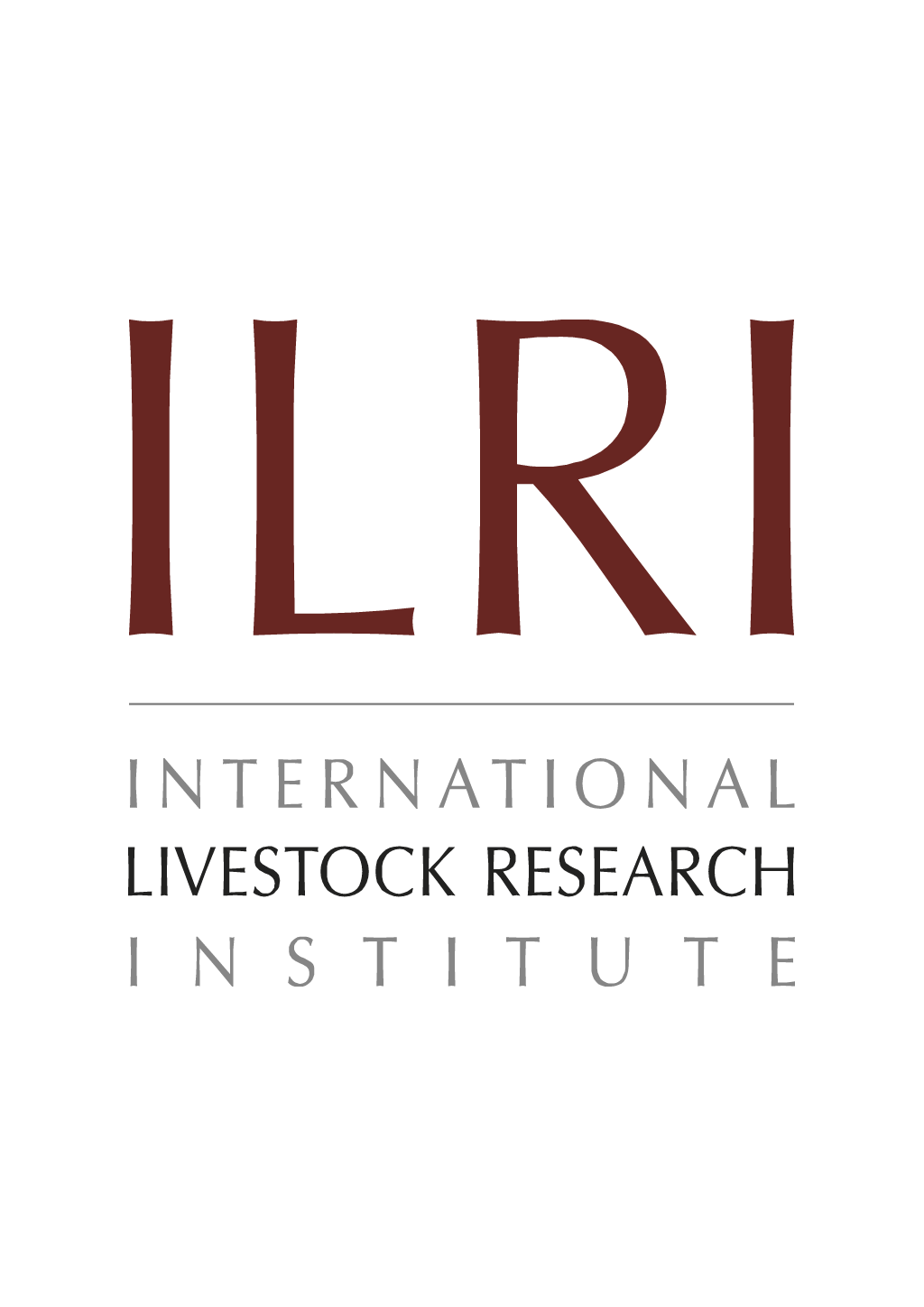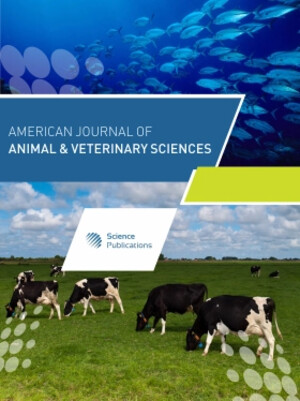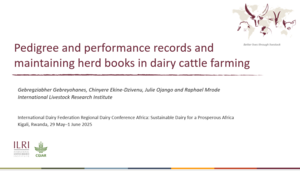
Prevalence and risk factors for lameness in dairy cattle on selected farms located in Dessie and Kombolcha, Northeast Ethiopia
Abstract
Background: Lameness in dairy cattle has continued to be a significant burden for farmers in modern dairy production due to its impact on animal welfare and productivity. A cross-sectional study was conducted from May 2022 to February 2023 to estimate the prevalence and identify associated risk factors of lameness in 433 dairy cows across 37 selected farms located in Dessie and Kombolcha, Northeast Ethiopia.
Methods: The selected animals were examined for lameness using a five-point visual locomotion scoring technique during daily outdoor access on a solid walking surface in the designated refreshment areas. Cows with a lameness score of > 2 were considered clinically lame. The overall prevalence of lameness was defined as the total number of clinically lame animals divided by the total number of animals examined. The herd-level prevalence was calculated as the total number of positive herds divided by the total number of herds sampled. After variable screening using univariable analysis, separate multivariable mixed-effects logistic regression models that included farm as a random effect were fitted to identify risk factors for lameness at both the animal and herd levels.
Results: The overall prevalence of lameness was 5.77% (95%CI = 3.57–7.98%). The herd-level lameness prevalence was 32.4% (95%CI = 18.0–49.8%), while the average within-herd lameness prevalence was 5.20% (95%CI = 2.46–7.95%, range = 0.00–25.0%). The animal- and herd-level risk factors included in the final multivariable mixed-effects model were age, body condition score, milking status, and farm history of lameness. Among these, only milking status and lameness history were significant in the final model. The odds of being lame were higher in the cows in the middle (OR = 10.8, 95%CI = 1.37–84.8, p = 0.024) and late (OR = 11.1, 95%CI = 1.38–88.8, p = 0.024) stages of lactation. Furthermore, the animals on farms with a history of lameness (OR = 10.0, 95%CI = 2.87–37.4, p = 0.001) were more likely to be clinically lame.
Conclusion: Lameness was strongly associated with the middle and late stages of lactation, particularly on farms with a previous history of lameness. Therefore, farmers should regularly monitor and maintain cows’ lactation status and increase their awareness about lameness on farms to help reduce its occurrence.
Citation
Mekonin, H.A., Reda, A.A., Assen, A.A. and Assen, A.M. 2025. Prevalence and risk factors for lameness in dairy cattle on selected farms located in Dessie and Kombolcha, Northeast Ethiopia. Frontiers in Veterinary Science 12: 1456527.










